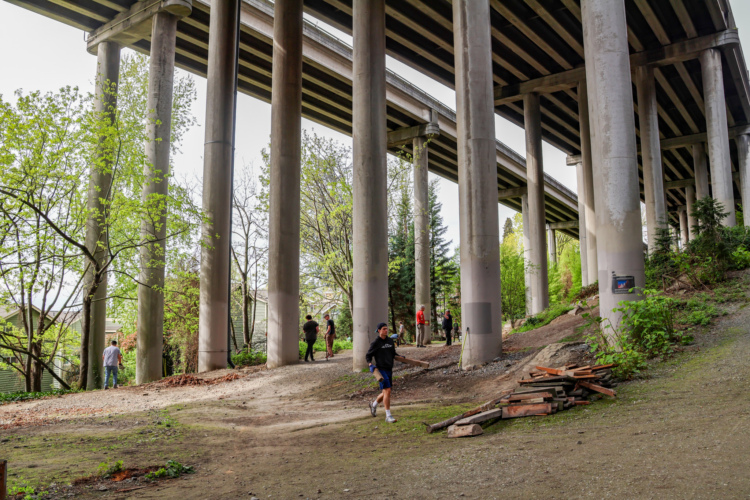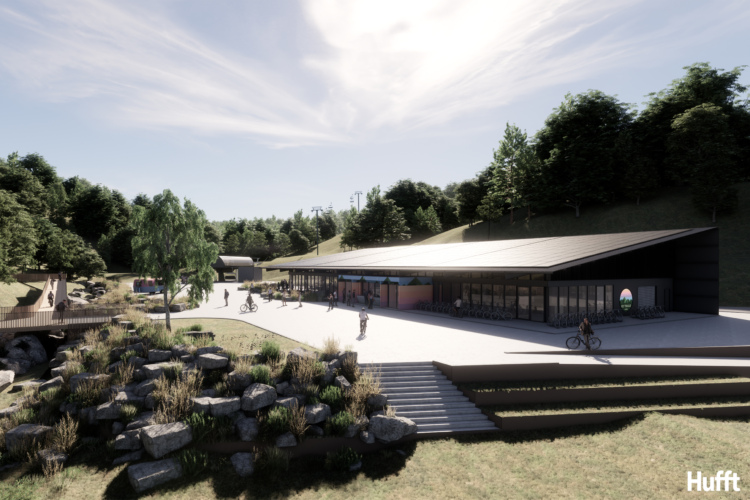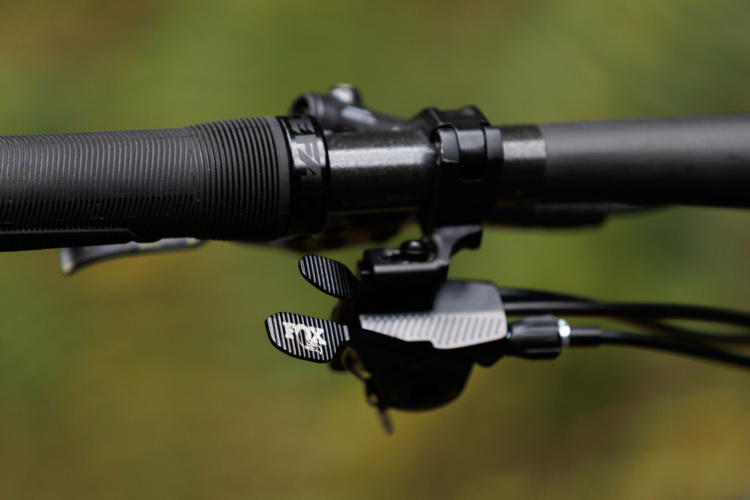
There usually comes a time when a mountain biker decides to repair some of his or her own equipment. In this day and age, doing the job yourself is not only cheaper but also prepares you for trailside repairs and prolongs the life of your gear. While I’m not suggesting putting your LBS service department out of business, home repairs can help you save some dough so you can buy more stuff (like new cycling shoes or hydraulic brakes). Changing a flat tire yourself saves $7 and doing a simple tune-up on your own can save you $25-60 – that’s money you can put right back into your rig!
In this article I will go over the function of major tools that you need to tune up your bike. I will also mention a few tools for those who are interested in doing more advanced work.
For most repairs you can assemble a simple set of tools.
* A good work stand to hold your bike when doing repairs. Pick a stand that can be collapsed and portable so you can take it with you. Three-leg (tripod) stands work best and offer the most stable platform at home or outdoors. Topeak, Ultimate, and Park have many bike work stands to choose from.
* Allen wrench 2, 3, 4, 5, 6, 8, 10mm used for removing most of your components; you can either use T-handle or standard L-shaped wrenches. T-handle wrenches tend to generate more torque with less stress on your hands. L-shaped Allen wrenches can generate a bit too much force when holding the long end if you’re not careful.
* Side cutters used for cutting brake and inner shifting cables. I recommend purchasing one at least 6 inches long.
* Cable housing cutter used to cut brake and shifting cable outer housing. The Park Tools cable cutter works great.
* Cone wrenches 14, 15, 16, 17, 18, 19mm used for adjusting wheel bearings and hard to reach or slim areas. To save yourself some money get only the ones you need. For adjusting wheel bearings sometimes you need two sets of cone wrenches.
* Pedal wrench for removing pedals. A good quality pedal wrench is slightly offset to prevent your hands from striking the crank.
* Headset wrenches used for those who have older style threaded steering tubes 32, 36, 40mm.
* Bottom bracket wrench. You can purchase a bottom bracket wrench that matches your bottom bracket or purchase one in a socket drive form.
* Phillips #2 and #1 screwdrivers used for adjusting the derailleur stops on your derailleurs. You probably already have these laying around your house.
* Standard (flathead) screwdrivers with 7/16 and 3/8 wide blades for adjusting derailleurs.
* Crank and crankbolt extractor – be sure to get the one that matches your type of crank. For X-drive bottom brackets all you need is an 8 or 10mm Allen key.
* T25 torx drive used to remove disk brake bolts. Get the T-handle version since it gives you more torque to break free those stubborn bolts.
* Don’t forget the cleaning products which should include a good quality bike wash for breaking down dirt without attacking painted surfaces. A de-greaser to remove gunk off your chain. Chain lube (choose the one that closely matches your terrain: wet, dry, epic, etc.). Grease (Phil Wood, Permatex Ceramic lube or similar) used for re-packing bearings, headsets, for inside seat posts (** DO NOT apply grease in carbon frame sets**)
For wheel service and wheel building including freehub service (advanced)

* Wheel truing stand. A simple one will work just fine but the more complex units have self centering features.
* Truing wrenches which come in four sizes and are color coded. Bring your wheel to the store to match up the sizes with your spokes.
* Tire Iron used to help remove the tire from the rim. Purchase a set of three (** Use caution on wheelsets that are tubeless as some levers may damage the rim strips**).
* Cone wrenches which are thinner than normal wrenches and allow you to fit them in the sides of the wheel to adjust your bearings.
* Freehub lock ring tools or freewheel removal tool. Bring in your rear wheel to match up the tool if you’re not sure which to purchase. This tool is a must if you intend to replace broken spokes on the drive side of your rear wheel
* Chain whip used to hold the gears in place while releasing your lock ring or freewheel.
* Chain pin tool. Necessary if you’re planning to remove a chain which does not have a “power link.”
*Chain cleaning device used to house a cleaning solution and a convenient way to degrease your chain.
* Toothbrush or similar bristle tool to clean freehub gears.
* Various lubes for wheel bearings and special lube for the freehub.
* Wheel building book or guide.
* Any tools specific to your wheels. Mavic, for example, makes a special spoke wrench and tools for servicing their wheels.
For finishing up your work and final assembly or specialty tools.
* Allen socket set 2, 3, 4, 5, 6, 8, 10mm for use with your torque wrench for final assembly and proper torque settings.

* 1/4″ Torque wrench used for setting low torque values on brakes, shifters, derailleurs, stems, seatposts, seatpost clamps, and everything else. Especially important if you use Carbon components.
* 3/8″ Torque wrench used for setting high values of torque (200 in/lbs+) mainly used for pedals and crank arms.
* Fine screwdrivers used for opening shifting pods and exchanging cables or for internal components in shocks.
* Shock pump. Only necessary if you have an air fork or rear shock.
* 6, 7, 8, and 10mm sockets may be needed for torque settings on various components.
* Threadlocking compound (permanent and low strength). Your need for this stuff will depend on the type of terrain you ride.
* Special sockets or tools for specific tasks such as bleeding brakes, fork internal repairs, suspension tools, sag setting devices, star nut tools, etc. Hang on to tools like small bottles or syringes, picks, swabs, old tooth brushes and the such.
Tool kit recommendations
Most DIY bike mechanics will want to gradually build up an arsenal of tools as repairs come up but for those looking to jump right in there are a few pre-assembled kits available. If you’re market for a basic set-up the Park Tools SK-1 Home Mechanic Starter Kit is a decent option. An even better value with more tools is the Sette Torx ST-37 Tool Kit or the Filzer BFTB Tool Box II.
This list of tools may grow over time with your experience beyond what is presented here, but then again it may not which is fine. This list is only a guide to help those of you who are thinking about repairing your bike and are not sure which tools to get or why you need them.
One final very special tool – information! Get your hand on as many guides and manufacturer-specific installation instructions and have them at the ready when its time to fix your rig. Nothing beats first-hand info.
Cheers.




















4 Comments
May 2, 2009
a good stand and a couple different sizes of the 3-way allen wrenches have been the handiest tools in my arsenal.
Apr 30, 2009
Apr 30, 2009
Sep 1, 2009